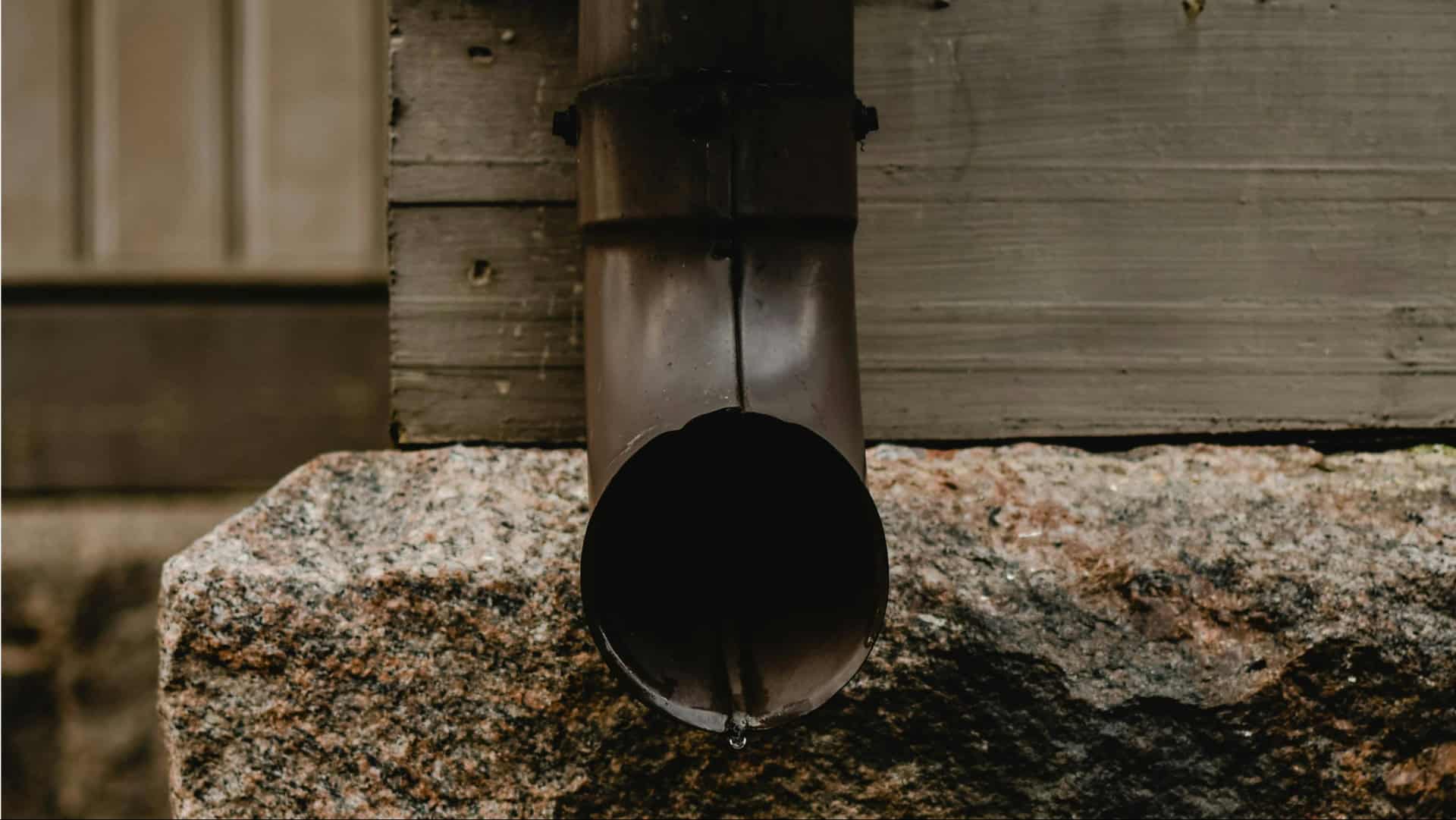Understanding house drainage systems is vital for maintaining a safe and functional living environment.
These systems prevent water accumulation, protect foundations, and ensure sanitation.
Let’s explore 10 essential facts about house drainage systems, shedding light on their types, importance, and potential issues.
1. Importance of House Drainage
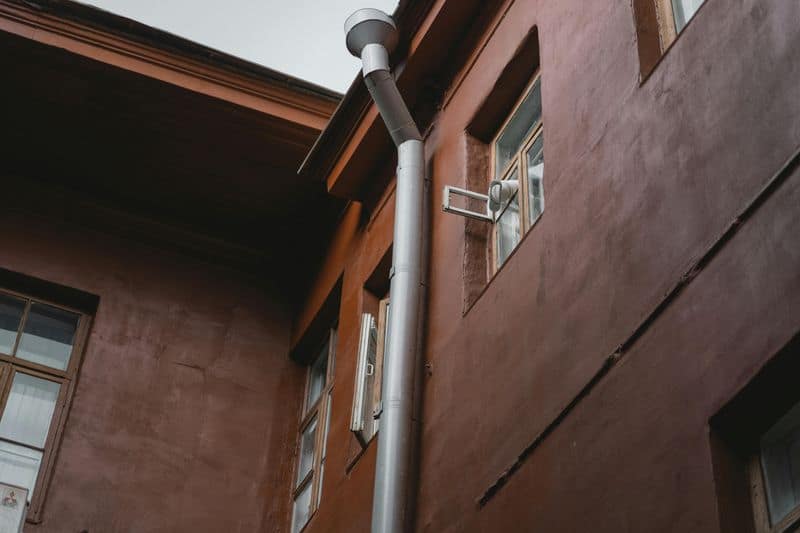
House drainage systems play a crucial role in maintaining the integrity of a building.
They prevent water from accumulating around the foundation, which can lead to structural damage over time.
A proper drainage system also helps in preventing mold and mildew, ensuring better indoor air quality.
It allows for the efficient flow of wastewater, contributing to a more hygienic living environment.
By keeping excess water away, these systems protect your home and enhance its value.
2. Types of Drainage Systems

There are several types of drainage systems used in homes, each serving a unique purpose. Surface drainage systems are designed to remove excess water from the ground surface.
Subsurface systems target water below the surface, protecting foundations from underground water pressure.
Slope drainage utilizes a gentle incline to move water away, while downspout drainage directs roof water away.
Each type is essential for specific scenarios, ensuring that excess water is handled appropriately.
3. How Drainage Systems Work
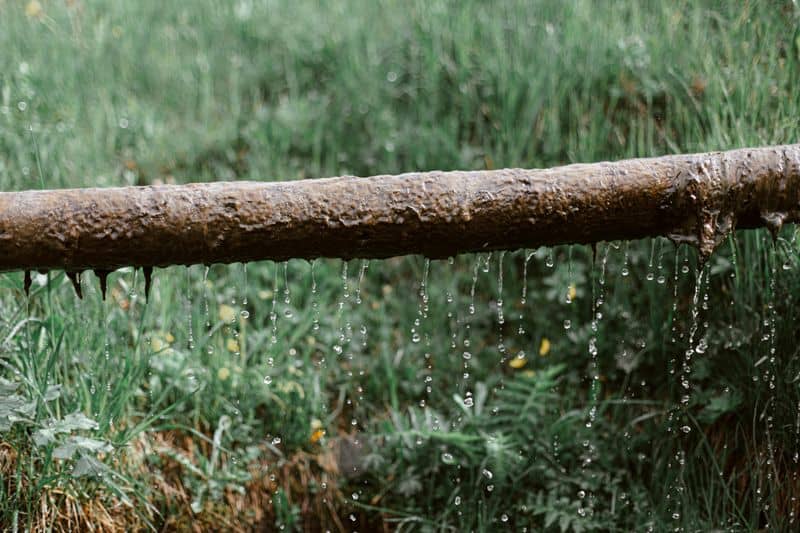
Drainage systems work by channeling water through pipes and away from the home. These systems often connect to a septic tank or a municipal sewer line.
Gravity plays a significant role, allowing water to flow naturally downhill. In some cases, pumps may be used to assist in water removal.
The key is to ensure that water flows efficiently without blockages, which requires regular maintenance and inspection.
4. Preventing Drainage Problems
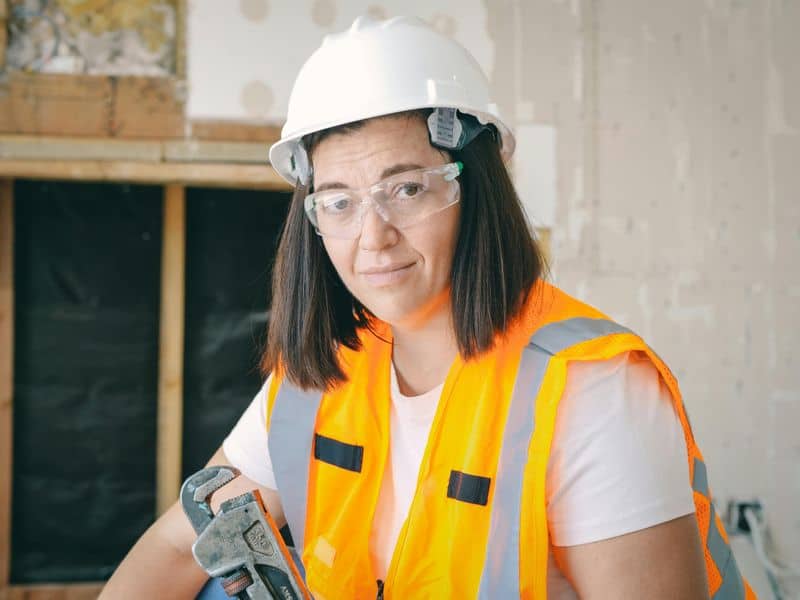
Preventing drainage problems requires vigilance and regular maintenance. It’s essential to inspect gutters and downspouts for blockages and remove debris frequently.
Ensuring that the soil around the foundation slopes away from the house can prevent water accumulation.
Installing water-permeable surfaces can also aid in proper drainage.
These steps help maintain a smooth water flow, reducing the risk of costly repairs and structural damage.
5. Garden Drainage Solutions
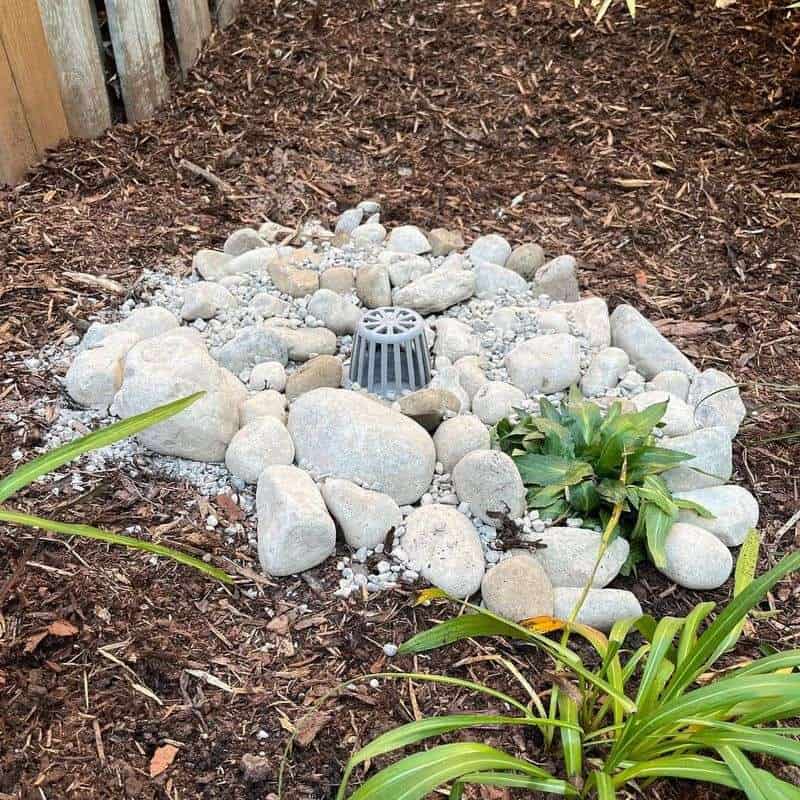
Garden drainage is vital for maintaining plant health and avoiding waterlogging. Installing French drains or swales can direct water away from garden beds.
Raised beds enhance drainage by elevating the soil, preventing water from pooling. Using organic mulch can improve soil structure and water absorption.
These solutions ensure that your garden thrives, even during heavy rainfall, by keeping excess water at bay.
6. Signs of Drainage Malfunction
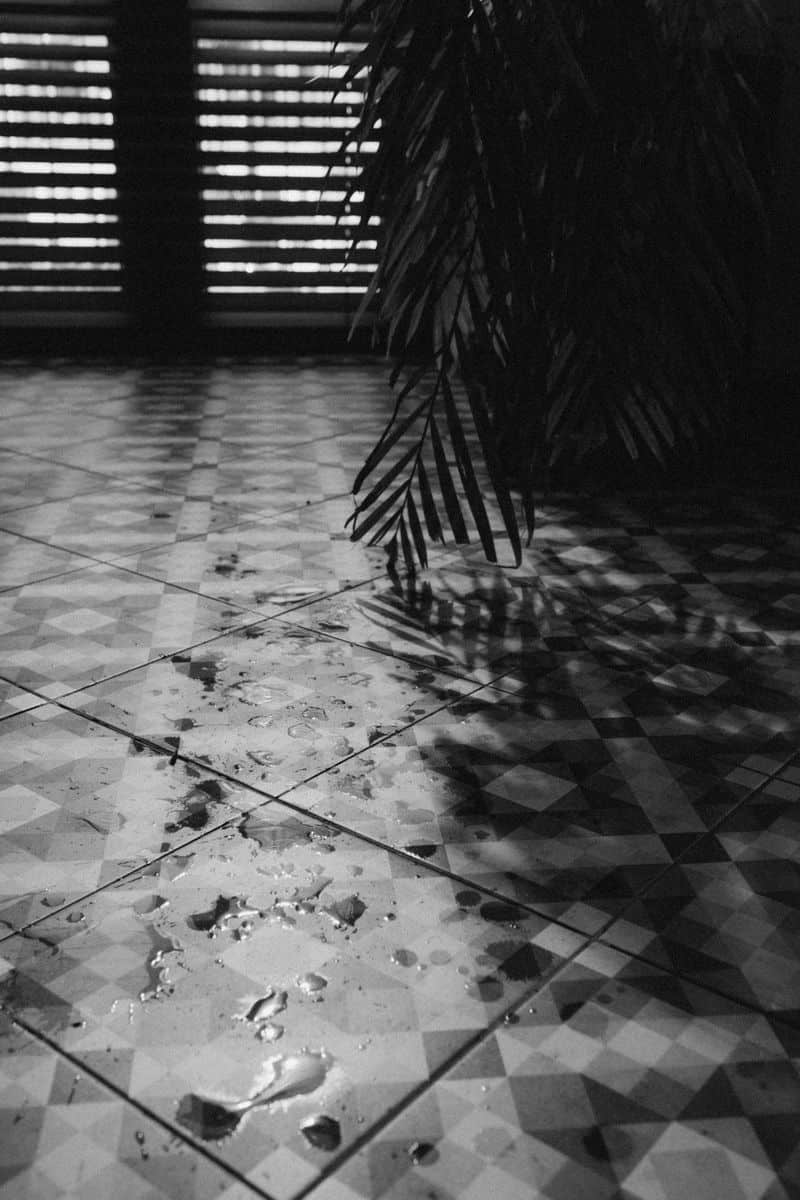
Recognizing signs of drainage malfunction is essential to prevent severe damage. Cracks in the foundation or walls may indicate water accumulation.
Water stains on the basement walls or persistent mold growth are red flags. If you notice water pooling around the foundation, it’s time to inspect your drainage system.
Early detection and response can save you from extensive repairs and maintain your home’s structural integrity.
7. The Role of Gutters and Downspouts

Gutters and downspouts are crucial components of a drainage system. They collect rainwater from the roof and channel it away from the house.
Regular cleaning is vital to prevent leaves and debris from clogging the system, which can lead to overflow and water damage.
Properly installed gutters and downspouts protect the foundation and landscape by ensuring water is effectively diverted.
8. Impact of Poor Drainage
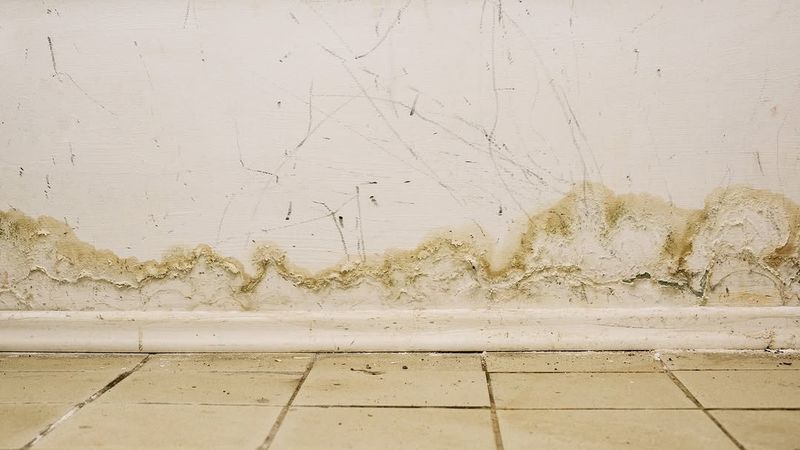
Poor drainage can have significant negative impacts on your home and yard. It can lead to flooding, foundation damage, and landscape erosion.
Excessive water can also cause mold growth and poor indoor air quality. These issues not only affect the structural integrity but also your family’s health.
Addressing drainage problems promptly is essential to prevent these costly and damaging consequences.
9. Innovative Drainage Technologies
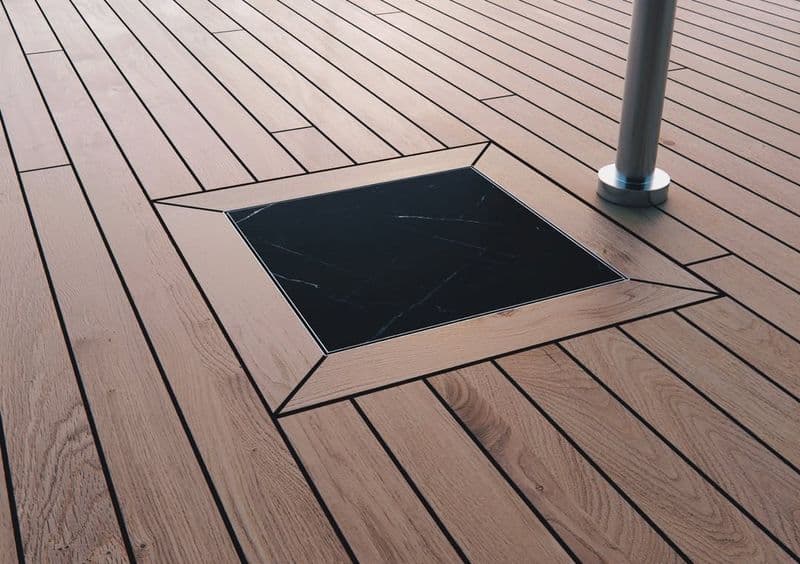
Innovative technologies are revolutionizing drainage systems. Smart sensors and monitors can alert homeowners to potential issues before they become severe.
Some systems integrate with home automation, providing real-time data and remote control over drainage components.
These advancements ensure efficient water management, reduce the risk of damage, and offer peace of mind.
10. Hiring Professional Help

Hiring a professional for drainage system assessment and repair can be beneficial. Experts have the tools and experience to diagnose problems accurately.
They can recommend and implement effective solutions tailored to your specific needs.
Regular inspections by professionals ensure that your drainage system remains in optimal condition.
This proactive approach can save you money in the long run by preventing major issues.

